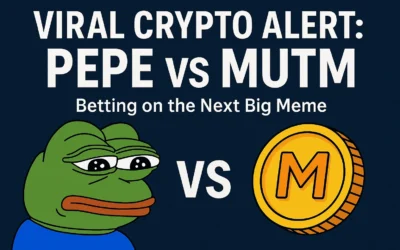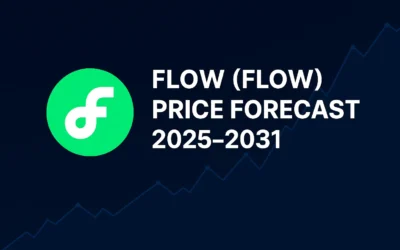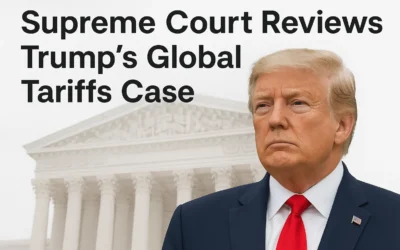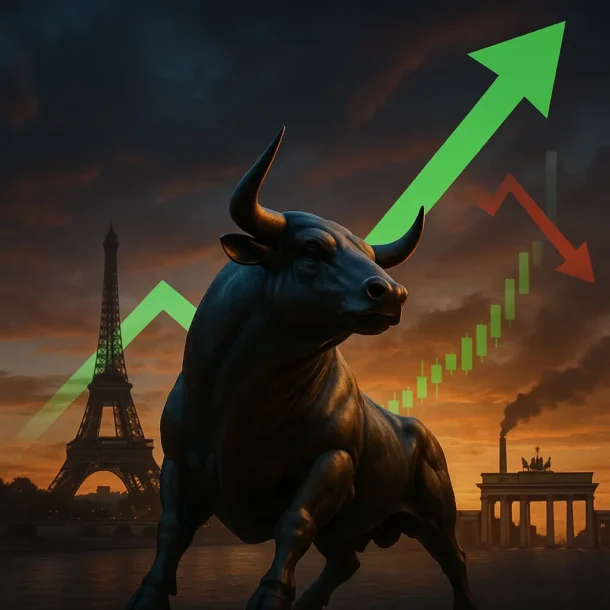A Liquidity Stress the Market Can’t Ignore
On October 31st, the New York Fed’s Standing Repo Facility (SRF) exploded to $20.35 billion — the highest level since the facility was created.
To most investors, that headline may sound technical. But make no mistake: this is the market’s equivalent of a fire alarm.
After three years of Quantitative Tightening (QT), bank reserves have fallen below the critical $3 trillion threshold. With the reverse repo facility drained, the Fed’s balance sheet tightening is now pulling liquidity directly from banks’ veins.
Result: overnight funding costs spiked, and SOFR traded above the Fed’s rate — a clear sign of funding stress.
The SRF was built as a pressure valve — an emergency outlet to prevent funding markets from freezing like they did in September 2019.
If banks are now rushing to it, it means liquidity is getting dangerously scarce.
The Mechanics of a “Silent” Credit Crunch
This isn’t a financial crisis — at least not yet. It’s something more subtle, and potentially more dangerous: a silent credit crunch.
Here’s how it unfolds:
- QT drains liquidity from the system.
- Bank reserves fall, making interbank lending riskier.
- Repo rates spike, and banks hoard cash instead of lending.
- Credit conditions tighten across the board — from corporate loans to mortgages.
- Growth slows, defaults rise, and liquidity dries up in risk assets.
In short: the oxygen of the financial system — liquidity — is thinning.
The Fed saw it. And on October 29th, it quietly ended QT effective December 1st, promising to reinvest maturing Treasuries instead of letting them roll off.
Translation: they blinked. The tightening cycle has reached its limit.
Meanwhile: Big Tech’s “Healthy” Cash Flows Aren’t So Clean
At the same time, the equity market keeps telling itself a comforting story:
“This isn’t 2000. Big Tech is profitable, cash-rich, and disciplined.”
That’s half-true. But it misses one key distortion: stock-based compensation (SBC).
Over the past 20 years, U.S. tech giants have turned employee pay into equity issuance. These are non-cash expenses — which means free cash flow (FCF) looks artificially high.
Remove SBC, and suddenly, those “robust” cash flows shrink — revealing that much of Big Tech’s strength is a financial illusion.
Goldman Sachs data show capex-to-sales ratios rising, but still “funded by internal cash flow.” That sounds reassuring — until you realize that internal cash flow itself is inflated by SBC and share buybacks financed through leverage.
So yes, the tech sector looks more solid than in 2000 — but the foundation is not as stable as it seems. The E (earnings) may be just as inflated as the P (price).
P vs. E Bubbles: A Dangerous Combination
As Matteo Lombardo recently noted, there are two kinds of bubbles:
| Type | Description | Historical Example |
|---|---|---|
| P-bubble | Prices detach from reality | Dotcom (1999), Japan (1989) |
| E-bubble | Earnings artificially inflated | Financial crisis (2008) |
Today, markets are flirting with both:
- Valuations remain near record highs (P-bubble).
- Profits are boosted by accounting and SBC distortions (E-bubble).
That combination is dangerous — because it’s harder to spot and harder to unwind.
The Fed’s “Blink” and What It Means
When the Fed quietly halts QT, it’s not a victory lap — it’s an emergency maneuver.
It signals that:
- Liquidity stress is spreading through the banking system.
- Repo markets are strained, and reserves are running thin.
- The Fed must stop draining liquidity before it triggers a systemic freeze.
In other words: the silent tightening has reached breaking point.
Global Consequences
Financial Markets
- Short-term boost for equities and risk assets (liquidity relief).
- But structural risk remains: if liquidity is this fragile, valuation bubbles will reprice violently when the Fed eventually steps back again.
Crypto
- The crypto market, highly sensitive to global liquidity, could rally sharply in the short term.
- But a true credit crunch would hit speculative flows hard, leading to another boom-bust cycle.
Commodities
- Ending QT weakens the dollar and supports gold, oil, and copper.
- But weaker growth prospects temper industrial demand — creating volatility, not stability.
Bottom Line
The market isn’t breaking — it’s bending.
But beneath the surface, the plumbing of the financial system is showing cracks.
- The repo market is flashing stress.
- Big Tech’s free cash flow is overstated.
- Liquidity is evaporating faster than policymakers expected.
The Fed didn’t “pivot” — it panicked quietly.
The credit crunch has already begun — just not where you’re looking.
Looking to Educate Yourself for More Investment Strategies?
Check out our free articles where we share our top investment strategies. They are worth their weight in gold!
📖 Read them on our blog: Investment Blog
For deeper insights into ETF investing, trading, and market strategies, explore these expert guides:
📘ETFs and Financial Serenity
📘The Art of Technical & Algorithmic Trading
📘Unearthing Gems in the Stock Market
📘Biotech Boom
📘Cryptocurrency & Blockchain Revolution
Did you find this article insightful? Subscribe to the Bullish Stock Alerts newsletter so you never miss an update and gain access to exclusive stock market insights.









0 Comments